‘We used to have more female than male writers back in the 60s.’
Someone in the HR department of DDB NY told me that, about 5 years ago.
Occasionally I’ll remember it and wonder whether it’s true, if it was; why it happened and why it changed.
I just looked into it; it’s true.
In looking into it, something else dawned on me.
DDB in the fifties and sixties were, and still are in some quarters, considered the best, most influential agency ever.
The campaigns that are said to have changed our industry were:
Polaroid,
Ohrbach’s
Levy’s,
Volkswagen,
Avis,
Jamaica,
El Al,
Mobil.
I’m very familiar with those campaigns, but it’d never occurred to me before that five of the eight were written by women. (Polaroid, Ohrbach’s, Levy’s, Avis & Jamaica.)
Interesting, because the writers that are more readily associated with DDB of that period were Bob, Roy and Julian.
The reality is that built upon a template set by Phyllis, Paula and Judy and others.
Phyllis Robinson was the first writer Bill hired.
She was there on day one.
Her title was Copy Chief, the first female Copy Chief in the states at the time.
Although she’d always say she was ‘Chief of Me’, as she was the only copywriter there.
As they grew she was the one who hired creatives.
She hired female writers because she felt more comfortable being their boss, eventually she felt comfortable enough to hire men too.
(She hired the afore mentioned Bob, Roy and Julian, (Levenson, Grace and Koenig).
She also seems to have been running the department, picking and rejecting the work, the great Art Director Helmut Krone described her as ‘the best Creative Director we ever had’.
Unfortunately, none of these women are around for me to do a podcast with, (except Mary Wells, but she lives in a big castle somewhere and I can’t get past her butlers.)
But I can shine a light on them by showing their work and interviews from the period.
I’m going to post a number of these interviews over the next couple of days.
I’m going to start with Phyllis, who sounds GREAT!
Here’s how she described working with her long-term Art Director Bob Gage.
‘He’s a terrible noodge.
He picks on copy.
He asks ‘Is it good enough?’ ‘Is it surprising?’ ‘Has someone done it before?’ ‘Have WE done it before?’.
Every time we sit down to a new job, he’ll say ‘Well kid, we’re gonna kill them this time’.
And I think, ‘Oh God, I can’t stand this enthusiasm’.
But eventually I start getting excited too as we work out something that seems terrific.
We finally decide ‘This is it. Right on the button. We did it again. We’re definitely going to kill them’.
Then, the next day, Bob comes back and says ‘I don’t think it’s good enough.’
And when finally we get something he does think is good enough and we go into production, then it’s pick, pick, pick all the way.
Bob has the courage to keep questioning everything around him.
WHY does it have to be done that way? Because it always has been?
WHY shouldn’t we try it another way?
The result of all the noodging is that Bob makes us all look good.”
THIS IS AN INTERVIEW FROM AROUND 1970, BY JAPANESE AD MAGAZINE, IDEA.
When did you first meet Bill Bernbach?
I went to Grey for an interview, where I met Bill and Ned. I didn’t know much about the business at that time, I’d had one agency job up in Boston, and now I was back home in New York.
An employment agency sent me out for this interview, and I remember walking down the hall and seeing some of Bill’s ads up on the wall, some of his Van Heusen shirt ads. I can remember one very distinctly: it had a guy hanging out of a window, it’s almost laughable now, it had an iceman with a load of shirts on an ice wagon. The headline was “Any ice today, mister?” And I thought, “Wow! That’s really original thinking.” And believe me, it was.
The shirts were so cool. Instead of ice, there were shirts on the wagon. That was such a breath of fresh air in the general advertising of the time. The idea of one image replacing the other. And that fresh, almost brazen, very colloquial headline.
It was really so surprising, such fun, and so free.
Did you feel like pioneers on your first day of Doyle Dane Bernbach?
No, at least not that we feel that in retrospect.
I think we all had, including Bill, the feeling that we were let out of school – you know, no more teachers, no more books – we really felt we had been released from something.
Now we could make up our own rules, do what we wanted – a tremendous feeling of freedom, just for starters. We felt free and sprung.
Perhaps I should correct myself. I say we didn’t have a sense of pioneering, only because that sounds a little pompous and we didn’t feel pompous at all. We just felt free, as if we had broken our shackles, had gotten out of jail, and were free to work the way we wanted to work.
You were given the title Copy Chief, were there any other female Copy Chiefs at the time?
A Copy Chief without any writers.
That was the question: Do you want to come along with us and be Copy Chief?
Copy chief of me.
I don’t know if there were others, but there were a number of quite successful women in advertising with terrific reputations. From the department stores – Bernice Fitz-Gibbon, Margaret Fishback, and so forth. And a number who were big powers in the big agencies.
But I think in general they were probably not Copy Chiefs, but the heads of what were then called women’s divisions – babies and food and things women wrote about. There were women copywriters and men copywriters, and they worked on clearly distinct things then, which seems strange to us now.
What was DDB’s idea behind the creative team?
The whole being greater than the sum of its parts. This was something very new. Nobody was doing it. It seems astonishing to think about now, because it seems like the most natural thing in the world.
A few years ago Madison Avenue was in the grip of a youth revolution.
And there was a belief that creative people burnt out after a few hot years. How come you two haven’t burnt out?
Because it isn’t true.
Is your creative output an outgrowth of your personalities?
Well, one thing that is an outgrowth of our personalities is that Bob and I don’t think it’s awful to BE warm, we’re not ashamed of warm feelings. And I think a lot of people pull back, are afraid to make use of emotions, are too tight for some reason. I think that is a personal thing for both of us.
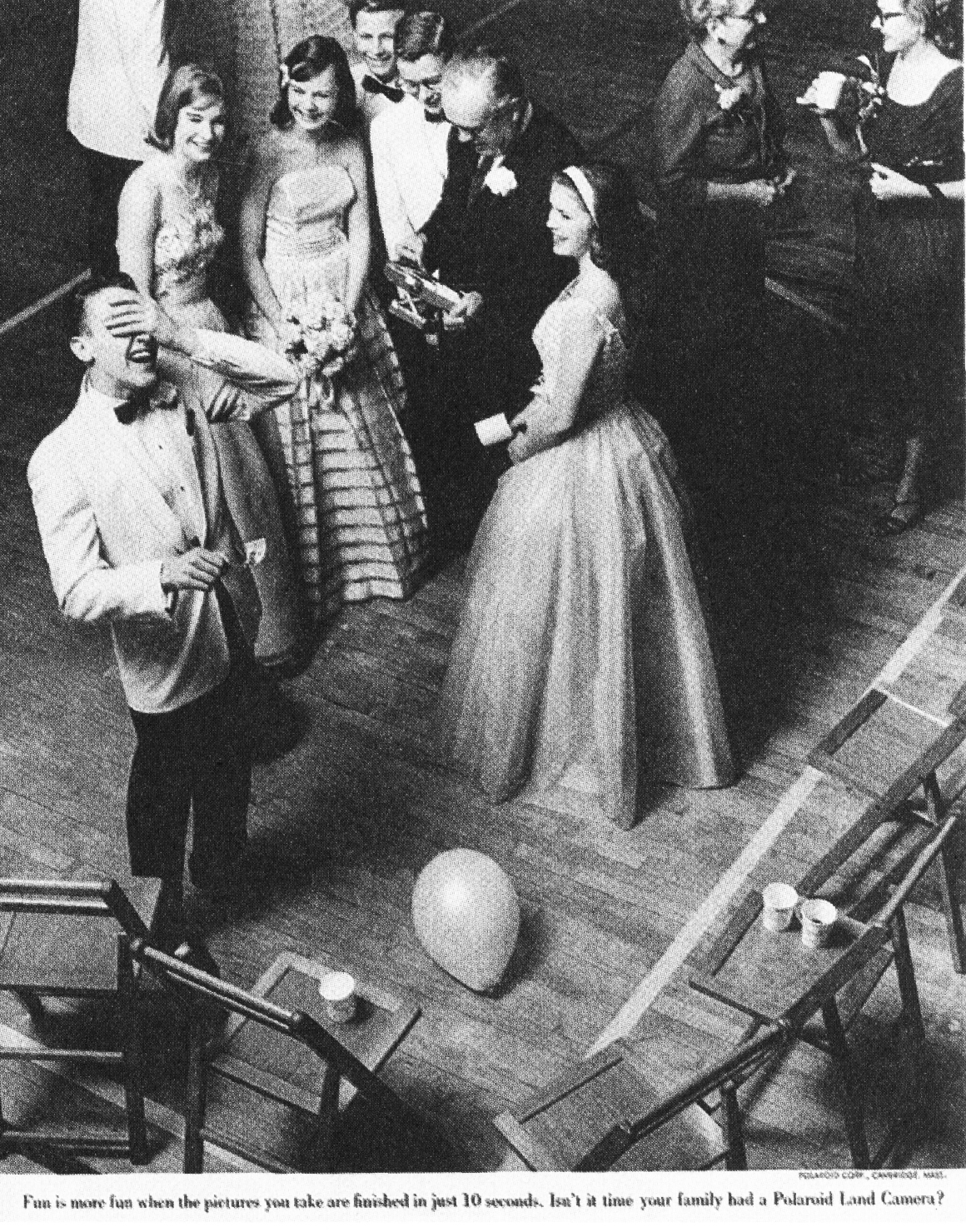





(Spoofed in an early issue of Mad magazine, pointing out just how unusual ads with so few words were at the time.)


What was your criteria when judging this ‘new creativity’?
The work didn’t just need to be creative; it had to do the job for the client as effectively as possible. “That means distinguishing between an untried idea that’s good and an untried idea that doesn’t deserve to be tried,” she wrote. “And it means being tough on the good ads too. Throwing out a good idea when you think it’s possible to come up with a better one.”
What did you look for when hiring creatives?
I had an advantage. I was new to this business of hiring people, so I didn’t suffer from any preconceptions. Besides, we wanted people who could do the kind of work no one was doing. So we couldn’t look in someone’s portfolio and expect to find the kind of work we wanted. We had to look for potential. More often than not, it was tucked away in the back of the portfolio, ads that never sold, ideas that had been killed.
An important part of my personal style of direction and teaching was to encourage everyone in his own idiom, in his own personal way of doing things,” Phyllis said. “There would be no point in having many, many little Bill Bernbachs and Phyllis Robinsons, a sort of assembly line product. Instead we have all these wonderful strains of all these people intermingling.
When DDB was founded, were female copywriters rare?
No, no. When I was a kid, I became interested in advertising in the first place because of the war between the department stores Gimbels and Macy’s, that was a war between Bernice Fitz-Gibbon and Margaret Fishback. I enjoyed reading their ads so much that I even declared myself a copywriter – I was 14 years old. I was different, girls at that time dreamed of becoming teachers, nurses, actresses, etc.
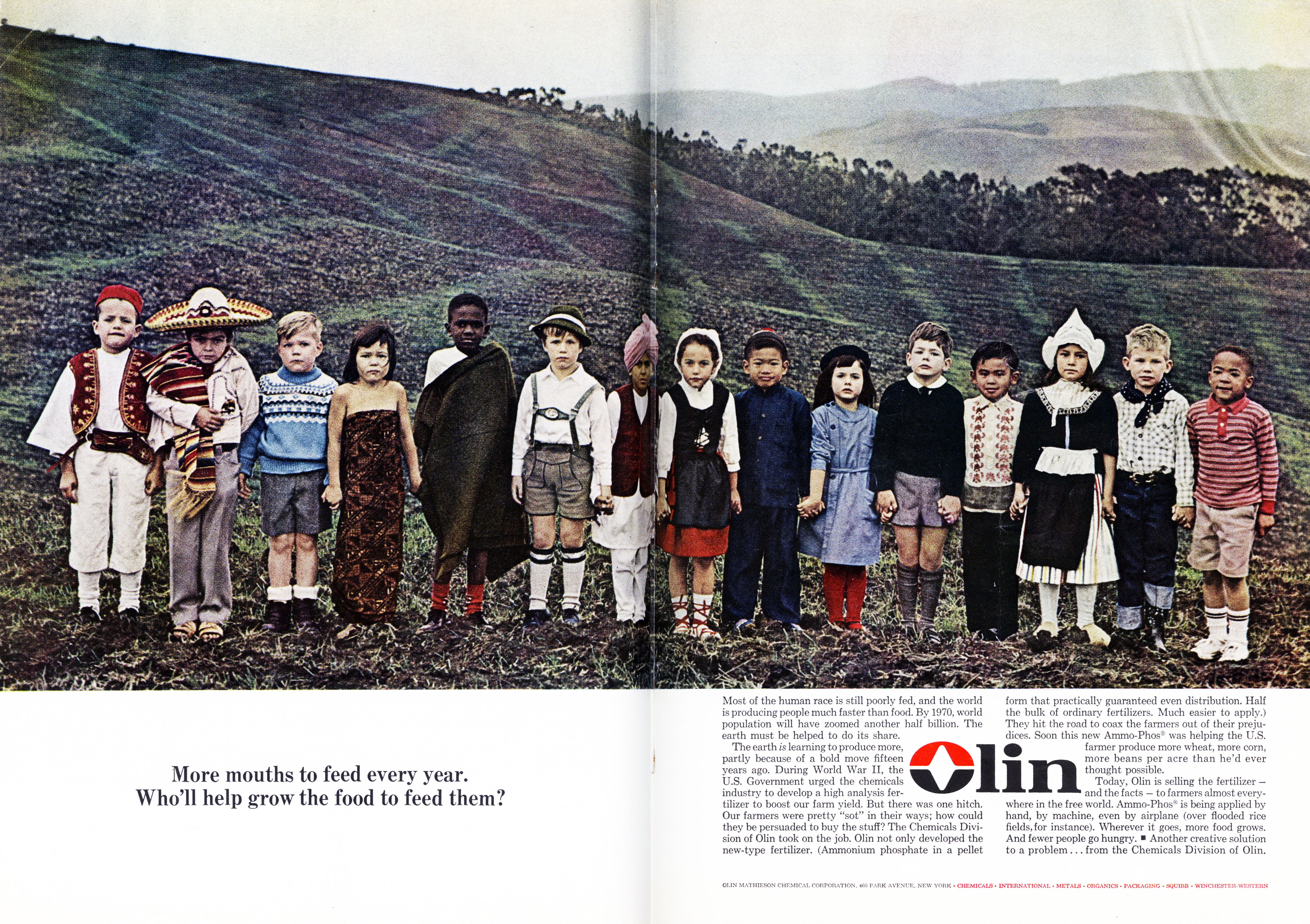
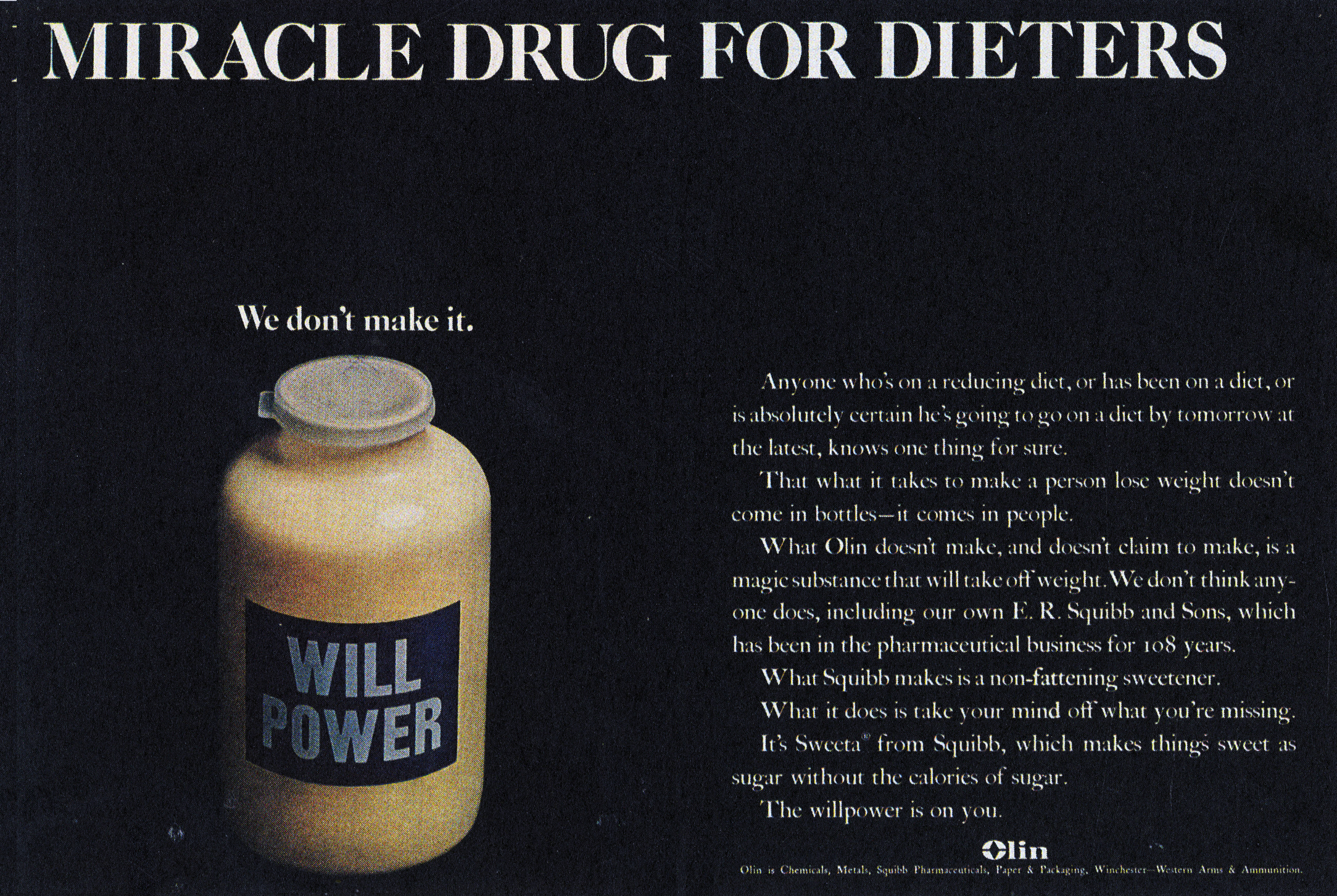



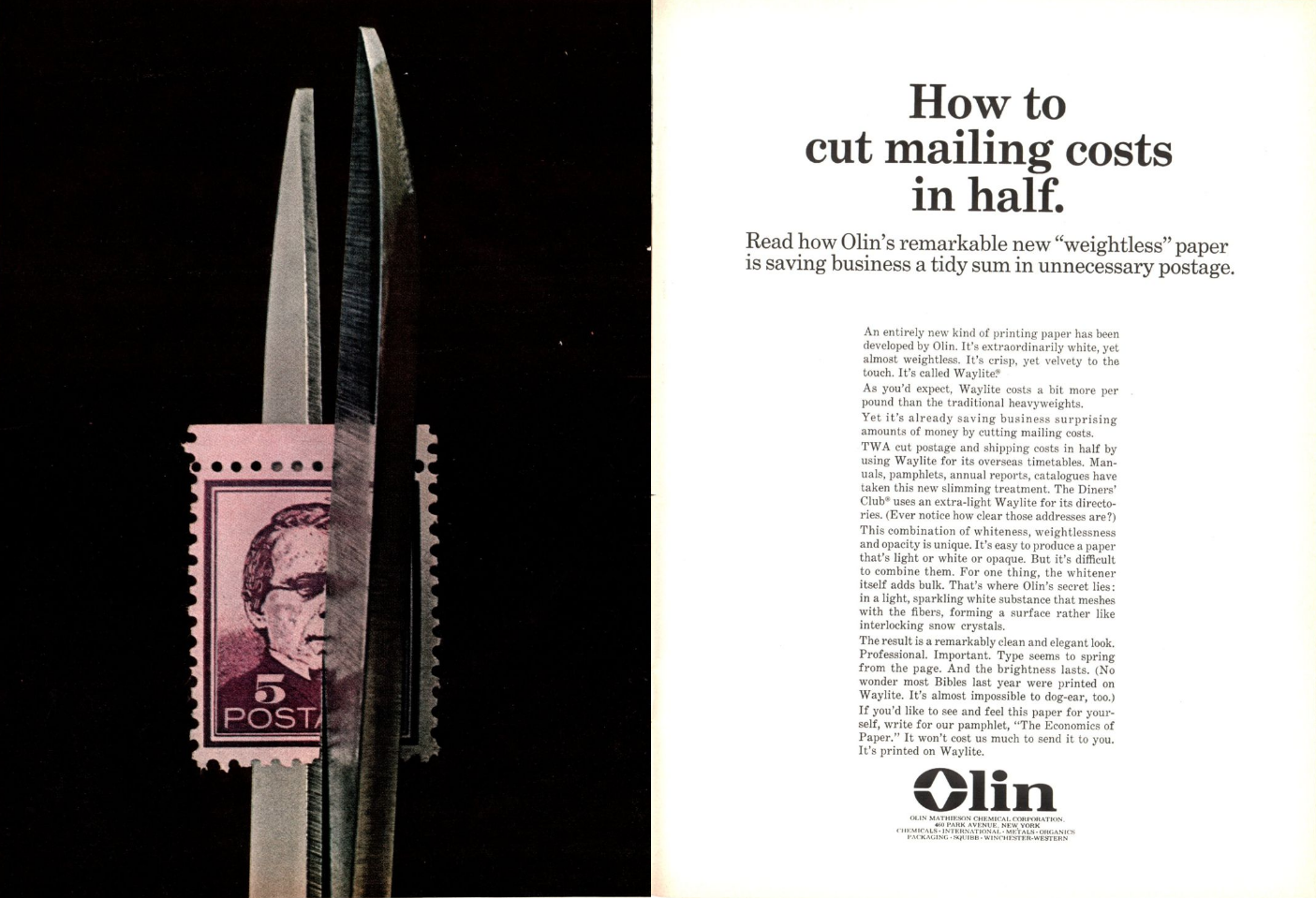




Were you impressed by the fact that they were women?
No. I liked their work. I happened to be a woman. However, I’ve heard that J. Walter Thompson has a women-only corner in the cafeteria.
There was also a tendency for women to write only soup, diapers, and cosmetics.
But I wrote everything, whatever.
You worked as Copy Chief for the first 13 years. Was it fun?
Yeah, very much. It contributed greatly to the construction of the agency. I was also blessed with the opportunity to raise people. It’s the most harvesting period of my life; first, select people, discover buried talents, grow them, and wait for them to blossom.
Name the people you hired.
I hired everyone who was hired in the first 13 years. Dave Reider, Bob Levenson, Judy Protas, Ron Rosenfeld, Mary Wells, Paula Green, Julian Koenig, Lore Parker (twice in her case).
They all had some experience, department store advertising, small agencies, etc. which were physically and mentally exhausting jobs.
I did it while doing my job. Anyway, there were no rules other than “make a great ad”.
You stepped back from overseeing the department in 1962?
I became pregnant with my first child, so I walked into Bill Bernbach’s office and told him what I wanted – a three-day week. He cried a little, but he said okay.








And 13 years later?
I thought I’d done enough. I decided to focus on writing, except when I’m asked to pitch.
Do you still get tired both physically and mentally?
Creating ads is a lot of fun and I love it very much. But after that, it’s the same as getting married or raising a child, it’s fun, it’s rewarding, and on the other hand it’s hard. It’s rewarding, but it’s also a job.
How did you come to write the “me to me to me,” Polaroid ad?
It was completely different from other ads at the time. Since the SX-70 was a very different product, it was difficult to create an ad that was commensurate with the product, yet not exaggerated and sounding credible. I came up with an indescribable atmosphere that can only be played by Laurence Olivier. Fortunately, I was able to use him.
What about ‘Let’s me be me’?
The sales had shown a very sharp decline, so I was given the Clairol account. We succeeded in creating a dramatic new line without changing what Clairol originally stood for; naturalness. It spoke to young buyers in a different language, not only in the words that young people talked about themselves and their lives, but also in the broader meaning of casting, situations, clothes, music, etc. I think that was the culmination of the 1960s revolution.



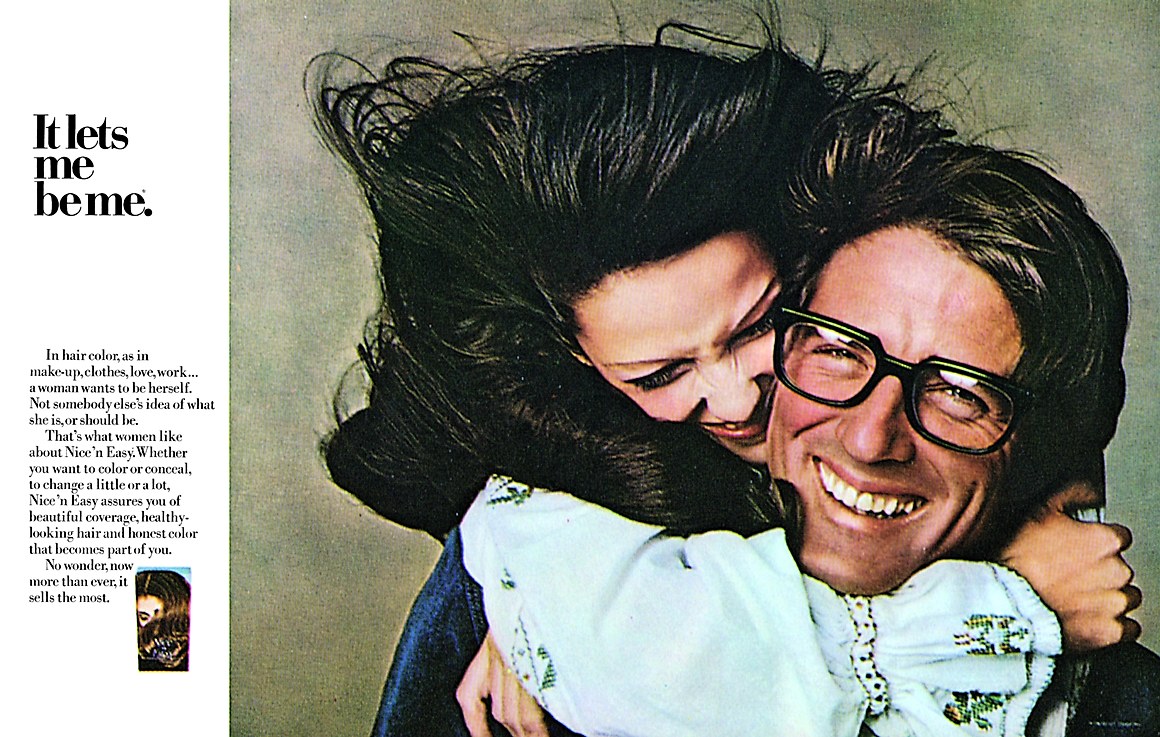





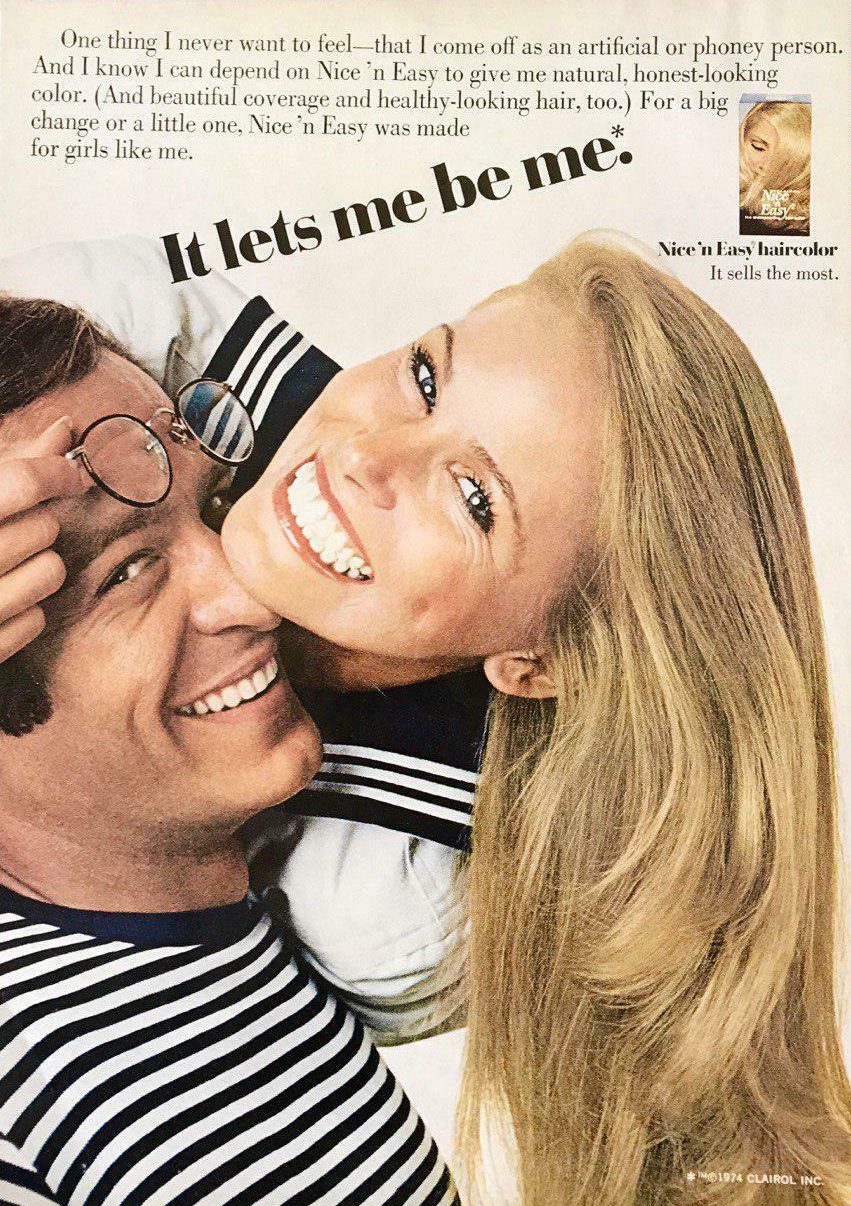

Looking at that series of spots now, it’s not so ground-breaking. But it was so ground-breaking at the time, very hard to sell to the clients. Research was hopeless. Somehow, the sweat on the palm of an old lady in California means it isn’t right. The reaction was terrible, and there were many people who said, “I don’t want to see such a terrible woman on TV.” It’s weird when I think about it now.
That approach – the personal tone, style, feeling of freedom, spontaneity has been copied so often that it’s normal today. That was a case in which we took into account changes in society and used them in our ads.
What could people learn from the way DDB does things?
People looking at the history of the agency think we came in with all the answers. We really didn’t.
We came in with a lot of questions. We knew what we didn’t want to do. We had some attitudes. But mostly it was saying “How can we change it?” or, the big question, “Why not?”
We’d try to do things in print and later in TV, and they’d say “Never, it’s never been done that way, you can’t do it.” The theme of the agency became “Why not?” We did not come in with rules one to six, or anything like that.
Did you two ever think of starting your own agency?
I examined it somewhere along the line and then I thought “I’ve gone through all that already” and I didn’t want to do it again.
How do you keep your work fresh, is it about keeping up with technology?
It’s about growing on your own. It’s not just about polishing technology, it’s about always learning, seeing, thinking, observing and absorbing.
A speech given by Phyllis Robinson on being elected as the eighth member of the Copywriters Hall of Fame by the Advertising Writers Association of New York. (1968.)

“In the early days of DDB, everybody on the outside was very hot to know how it was on the inside.
How did we do it?
So we told them.
Bill told them.
And told them.
And told them.
So then they knew.
And what happened?
Whole agencies introduced their copywriters to their art directors.
They’d never met before.
The way I understand it, the writers used to put the copy in those pneumatic
tubes they used to use in department stores, and it would scoot over to the art
director to be set and laid out.
So-the agencies introduced them and left them alone. Together.
And they gave them Freedom.
They said, make, do, create!
Break rules!
And you know what?
A lot of very fine stuff started to come out. Some not so fine. But a lot that
was.
Aha, everybody said, that’s it!
Freedom. Freedom was the answer.
But you know something?
Freedom is only part of the answer.
Freedom is the atmosphere.
A lot goes on within that freedom.
One thing that goes on (and this may sound strange coming from a pioneer in irreverence in advertising) is respect.
The respect, first of all, of one human being for another−a respect for his
ideas, his opinions, especially if they differ sharply from your own. (It’s very
easy to respect an idea that’s identical with yours.)
So we start with: Respect for the guy you work with−for his ideas, however foreign to you, however crude or tentative.
Respect for him even if he talks funny or you don’t like his ties or he never
went to college or his hair is too long (or too short) or his skin is an
unaccustomed colour.
Respect for the other guy’s idiosyncrasies and work habits.
This is a very intimate situation, writer and art director working together.
You sometimes have to sit through long embarrassing silences, listening to
each other’s stomachs growl.
And sometimes you have to wade through a lot of irrelevant talk.
In a really free creative atmosphere, you have to have a profound respect for
each other’s free associations, no matter how preposterous or tiresome or
irritating they are.
Because out of this bubbling and babbling might
come a great idea.
You have to have respect for the young and totally untrained.
In our business, even a clever child−if he has the brains to grasp the essential
selling problem−can sometimes intuitively find the answer−sometimes a brilliant answer−that a more experienced mind may not have the freedom or agility to find.
It includes a respect for grayer heads too.
Creating great advertising for twenty years doesn’t necessarily turn you into an old fuddy-duddy.
Respect for your superior is part of this attitude, too, even though you may not think that word fits him. (Let’s face it, every boss is a Daddy, and who among us doesn’t have mixed feelings about Daddy?)
So−that respect involves an ability to separate any personal disagreements,
any gripes, and let’s not exclude envy, any of the baddies in your relationship,
from the goodies, which could include his knowing something more than you
do, or seeing something more clearly than you do.
I’m talking about respect for the client’s opinion too.
After all, if you have pride in your agency, and if the client was smart enough
to choose your agency, he can’t be a complete ninny.
The client might just be smart enough to find a flaw in your thinking-or, God forbid, in your writing.
I’m talking, too, about − respect for the new voices clamouring to be heard. (They’re not all at the Sorbonne and Columbia, you know.)
When the angry young men and women in your agency start attacking what
they see as The Establishment− even if they’re blunt, foolhardy, even destructive in their criticism, it doesn’t make sense to suppress them, to call in the cops.
You listen.
Argue with them, contain them, control them, fire them if you think they’re
really destroying your agency or your agency’s product, but for heaven’s sake
listen.
Things are moving so fast these days, even in advertising, that yesterday’s
radical is today’s conservative.
Listen to the new voices, because in spite of rudeness, arrogance, naivete, they just might have something important to say to you.
And if they do, use it.
A little shaking up never hurt a healthy organization.
And the organization that isn’t healthy needs it desperately.
I’m talking about respect for your work, too.
I pity the advertising writer who hates his job, who has contempt for
advertising.
What’s he doing in this business?
How does he sleep at night?
How does he work during the day?
How does he live with himself?
Why doesn’t he get out of the business?
Or change what’s wrong with the business?
I have a funny hunch that some of these guys think advertising stinks just because it’s lucrative.
If it stinks for you, it’s because you’re not doing your job right, or you’re in the wrong agency, or the wrong business, or you haven’t tried hard enough to turn it around and make it right.
Most important, I’m talking about respect for yourself.
It’s amusing and, as the fellow says, flattering to see all the imitations of what people like to think of as the Doyle Dane Bernbach style.
But that amusement has a sour aftertaste.
Why does anyone want to copy?
It’s a kind of cheating.
I’m not talking about cheating the guy you’re copying.
After all, if you diminish the effectiveness of his advertising by copying his
style or his ideas, that’s part of the game, part of the competitive system.
But you cheat the consumer of a fresh image about the product, a new way of
looking at something.
You cheat your client, for the same reasons.
And you cheat yourself.
Sure, we learn from others, we’re all influenced by everything we read, see,
hear.
But the writer who doesn’t make every effort to express himself, to fulfil
his own potential, is cheating himself.
One point about DDB a lot of people seem to miss, is that we didn’t set out to make a lot of little Bill Bernbachs and Bob Gages and Phyllis Robinsons and so on. (I think Bob Gage pointed this out recently.)
In fact, we fought against doing that.
One reason we’ve flourished and prospered is that very early in the game, we started to introduce important new strains − Dave Reider, Helmut Krone, Bill Taubin, Ron Rosenfeld, Bob Levenson, I could go on and on …
If ever there was a group that was not stamped out with a cookie cutter, it’s the creative people at Doyle Dane Bernbach.
Believe me, every one of them is an original, and every new strain that comes
in, every crossbreeding of these strains, makes for a fresher, healthier
creative product, it makes the agency stronger.
We’re all originals, yes.
But the point is that every soul in the world is an original.
There are no two alike, in their genes, in their experience, in the way they
integrate that experience and use it.
The trick is to tap those unique resources, free them, give them room to
breathe and live.
Another word about respect for oneself.
We’ve all deplored, in the theatre and in TV programming, the chickenhearted attitude that brings us copies of copies of copies of success, season after season−successes that were sometimes not even very good to start with.
Meanwhile, we congratulate ourselves on how much better the TV
commercials are than the shows − and certainly in some respects that’s true, but look at the copycatting that goes on in our field!
Do you think we’ve finally seen the end of the Bonnie and Clyde commercials, and the discotheque commercials, and soft dissolve commercials, de fellas dat talk funny commercials, and the lady comediennes making idiots of themselves?
Maybe.
Next year in commercials it’s going to be all Psychedelic Happenings and Italian Counts, right?
Respect for the audience, of course, is one of the basic tenets of our
advertising philosophy.
And not only ours; David Ogilvy said it so well some years ago: “the consumer isn’t a moron; she’s your wife. And today your wife is better educated, better informed, smarter, more savvy, more sophisticated than ever before.”
A lot of writers in a lot of agencies have grown up to the level of their
audience, but some of them are still insulting the American public every time
they sit down at a typewriter.
I’ve talked about some of the things that are important to me in my work.
I wouldn’t have the arrogance to say that we at DDB have a monopoly on
them, nor even that all of us practice them every day in every way in every corner of the agency.
They’re just some of the unwritten rules by which we work.
And I can tell you, they create a very healthy atmosphere for getting things
done.
This looks like such an experienced and well-paid group, I don’t know if there’s anyone here who can still use a little advice.
If he’s out there somewhere−maybe his supervisor got sick at the last minute
and he got his ticket−here’s the advice.
Don’t look for the magic formula, Doyle Dane Bernbach’s or anyone else’s.
Search yourself, dig out your own talent, free your own creative energies.
That’s where the excitement is for writers in this business.
That’s where the gratification lies.
Find yourself, and as Shakespeare said a long time ago “Do your own thing”.
Can You Ask Your Husband to Darn His Own Socks? – Phyllis Robinson.
(DDB NEWS, AUGUST, 1969.)
“I’ve got it made, right? I’ve got the great job and the great personal life. I’ll tell you something. It’s hard. It requires a kind of flexibility and discipline I can’t begin to describe. But I wouldn’t have it any other way.”
So said Phyllis Robinson, in a talk to Adelphi University marketing students, on the subject of whether being a copywriter and a wife and mother are compatible. Some of the girls in the school were considering going into the agency business, but they had doubts about whether that was the life for them.
Phyllis was asked to speak to help them resolve those doubts. One thing her speech must have done is discourage any lazy ones.
Some of her points:
“In our culture, the care of the home and the day-to-day rearing of children has been a woman’s job. And no matter how free she is, how talented she is, how successful she is, no matter how much help she can buy-in servants, nursemaids, cleaning services, labor-saving devices-the responsibility is still hers.
She must see to it that there’s food on the table – and more in the freezer.
Planning, marketing, cooking, cleaning, laundry are all in her domain.
The working woman?
She’s the one who rushes home after a tough day at the office, carrying the flowers and the wine and the pate, only to find when she races to beat her dinner guests to the front door that the once-a-week cleaning woman hasn’t shown up.
She’s the one who either has to stay home or leave the schedule of penicillin-cough medicine-temperature taking-aspirin and rush off to work, trying to clear her mind of the look on her sick child’s face so she can concentrate on her work.
She’s the one who, in addition to keeping herself attractively coiffed and clothed, has to shop for drapery fabrics and shoelaces and snow pants – and maybe some shirts for her husband and a training leash for the puppy-on her lunch hour. (No wonder so many working women have great figures-they don’t have any time to eat lunch!)
She’s the one in charge of chauffeuring the kids, making sure they get their hair washed and learn to share and don’t pick their noses and don’t hit each other on the head too much. And if she isn’t there to do it, she has the responsibility for finding the person or persons she can trust to do it.
Even if she’s successful enough to hire a houseful of servants, she’s the one charged with screening them, hiring them, training them, and more often than not, with the domestic help situation the way it is today, going through it all over again a year later.
Everything takes time – even phoning Casserole Kitchen.
And it’s a fight to keep the distractions-big ones and petty ones-from moving in on your work.
Don’t get me wrong. I’m not bitching. I love those responsibilities. I’m just saying it takes tremendous stamina, organization, flexibility, and imagination to be able to manage it. (I’m not bitching, I’m bragging!)
The point is that we are insisting on (or as in my case, actually enjoying) equal opportunities and equal rewards and recognition, but the culture hasn’t caught up.
I’m not sure how or even whether it will.
Are you going to ask your husband to darn his own socks and call the laundry to complain about the starch in his shirts?
Are we ever going to have a labor-saving device that will diaper a baby in the middle of the night, or arrange flowers, or have a conference with the second grade teacher?
”Clearly, both the women and the institutions are going to have to make some changes.”
New lifestyles are being explored, some quite radical.
Now I personally dig one marriage, one family per house. Children after marriage.
But let’s face it, the old system hasn’t worked so well and some adjustments in the old patterns have to be made. I don’t know the answer, but I suspect it’s not necessarily the same answer for everyone.
Some of my college classmates are now going around saying “I was a Phi Bete. Then I was a mother for l8 years. Now give me a highly paid, fascinating job, and not really believing anyone will. And why should they?
Women have to be more flexible and imaginative, and make things happen. Create jobs for themselves. Develop your talent, bring it to the market-place, and sell it on terms that will be satisfactory to you.
Go be a pioneer! I was.
Want to marry young and have a bunch of kids right away?
OK – but if you’re interested in a career too, first, try to get a toehold in the business, make a mark, even a small one, and then keep that toe in-with a job one day a week, even-maybe doing the advertising, for your local dress shop, or your local mortuary – anything.
If you want things your way, you’ve got to have plenty of give.
If you can make a profit from this part-time work, great. But even if you have to blow your salary on sitters, new clothes, and the hairdresser, do it.
Money is only one of the satisfactions of any job. Even if you had to take a loss, perhaps you and your husband could manage it, realizing that in the long haul it would mean better income for the family.
But industry must make adjustments too. Become more flexible in its hiring.
Look at retail stores – they couldn’t have stayed alive if they hadn’t worked out part-time jobs for sales people.
It can work in more highly skilled areas too – if everyone wants it to happen. And everybody does. Industry is crying ‘Help! We’re starved for talent.’ Women are crying ‘Help, I’m unfulfilled. It just makes sense that they’ve got to get together somehow.”
Phyllis talks about the start of DDB.
Phyllis talks to The American Association of Advertising Agencies – 1959.







Thanks to Vikki Ross for her help with this post.


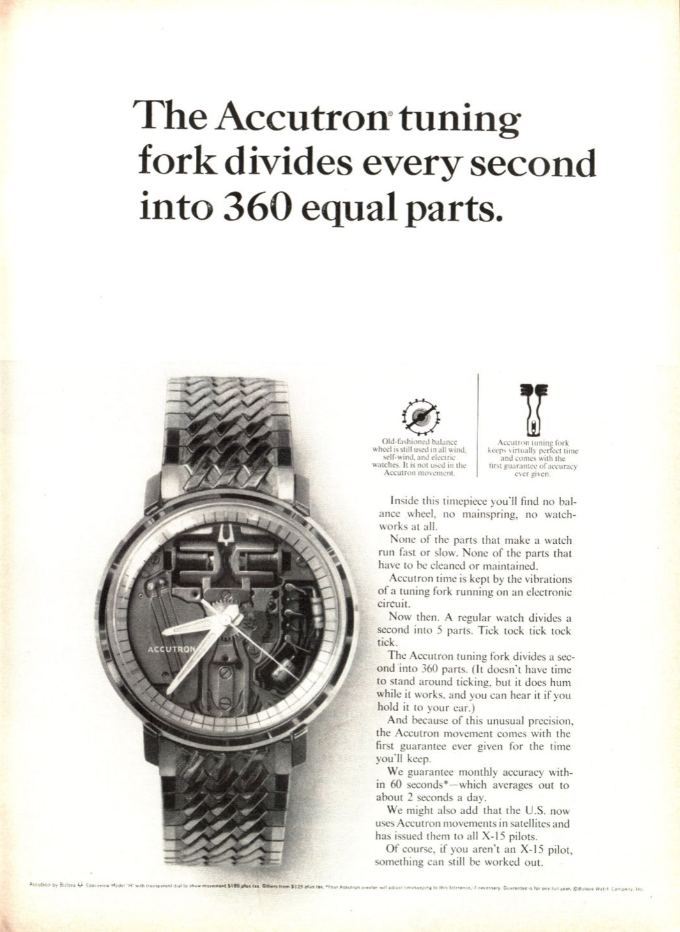




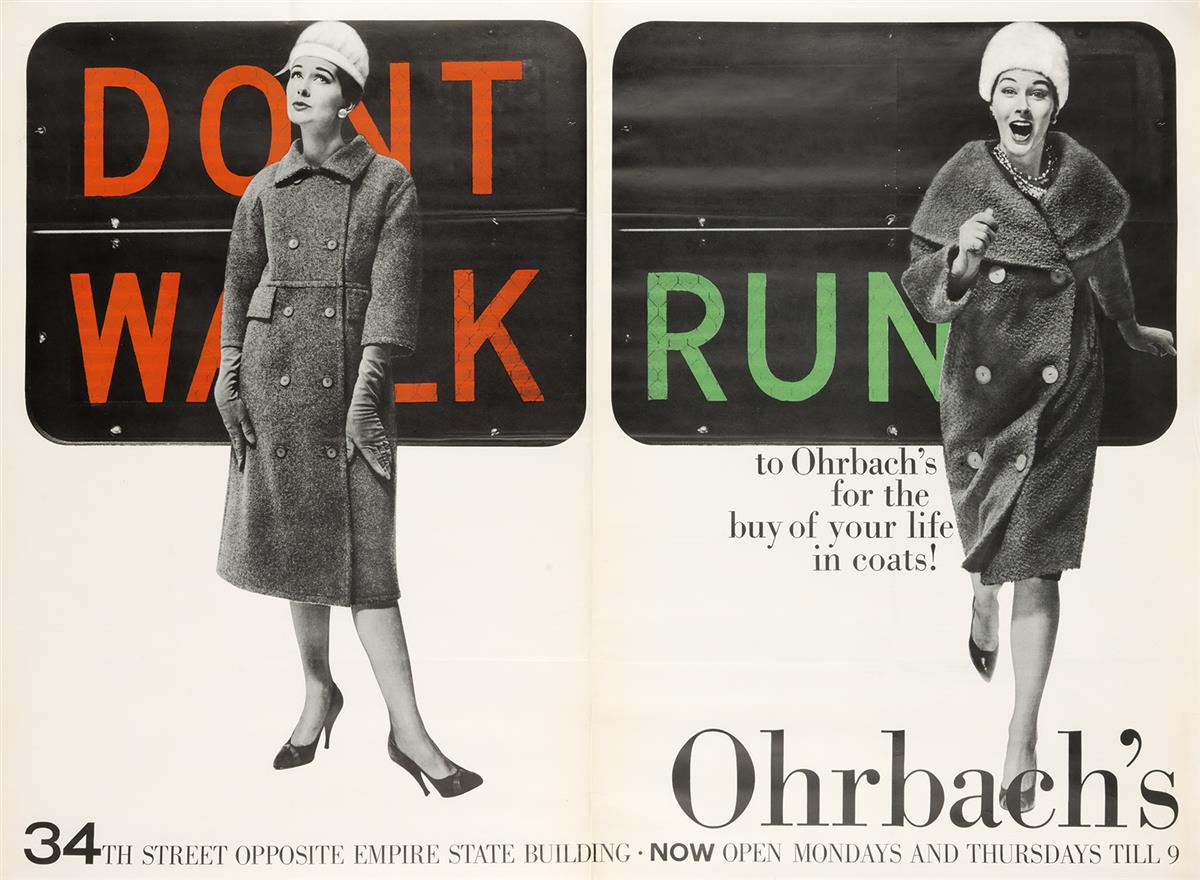
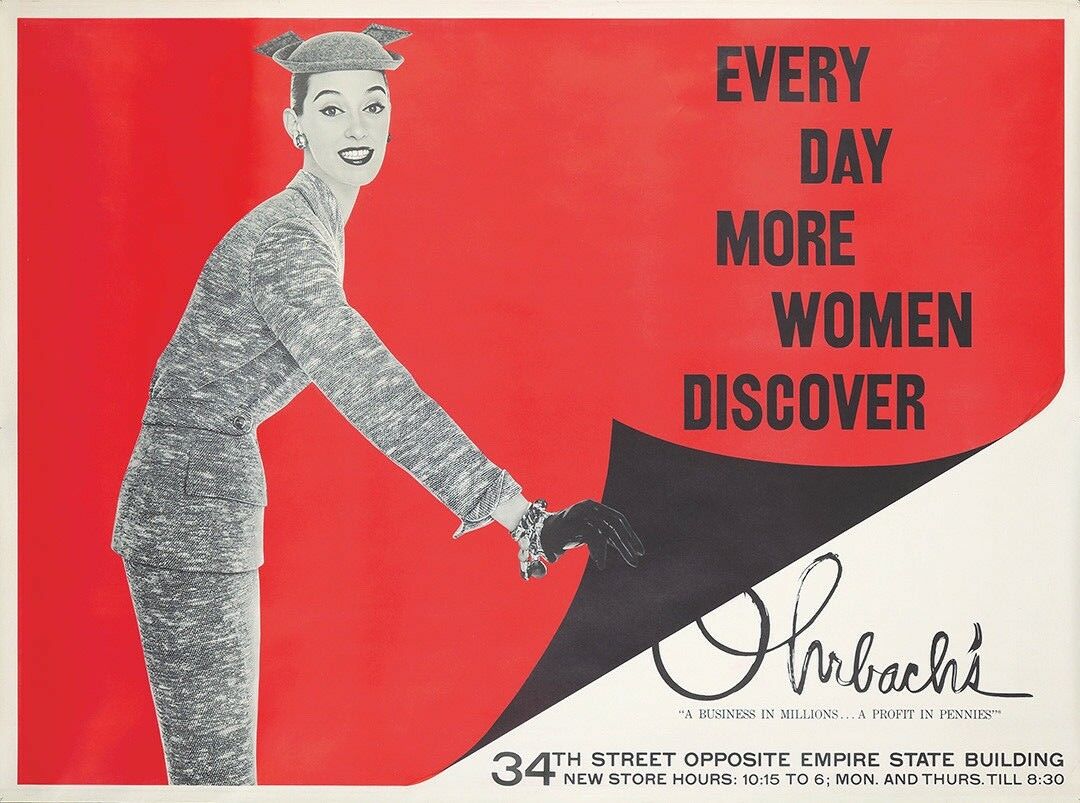






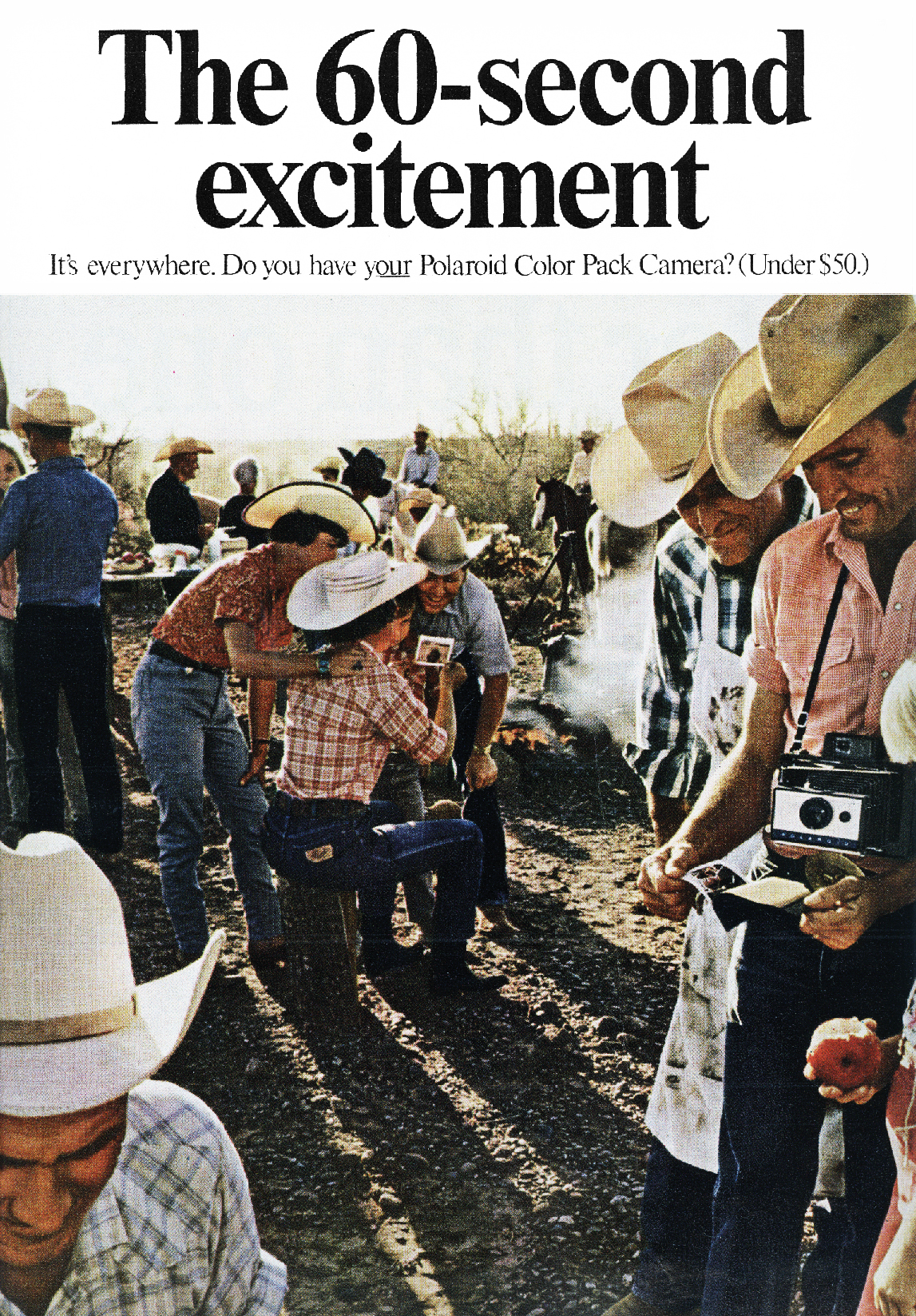




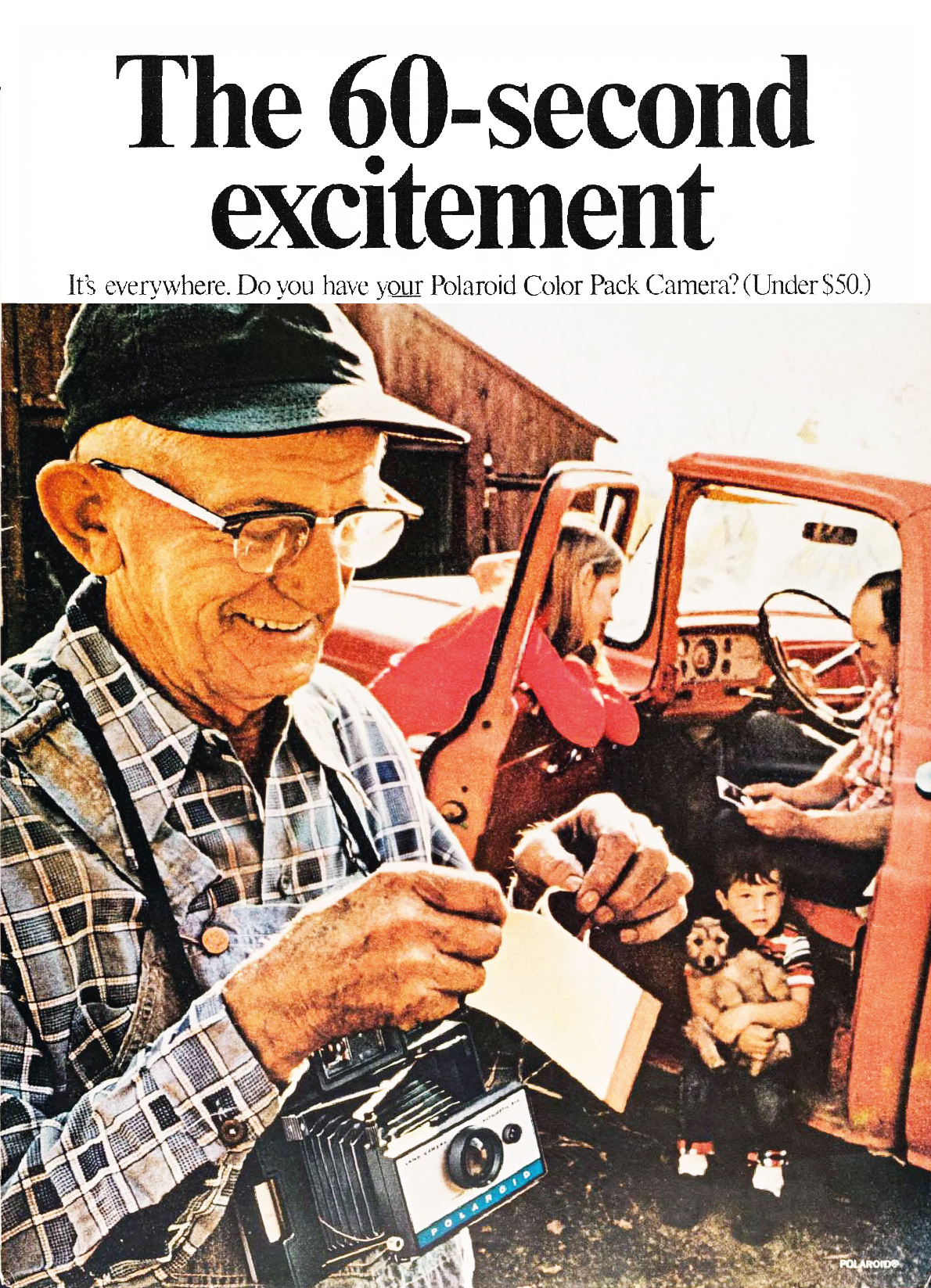


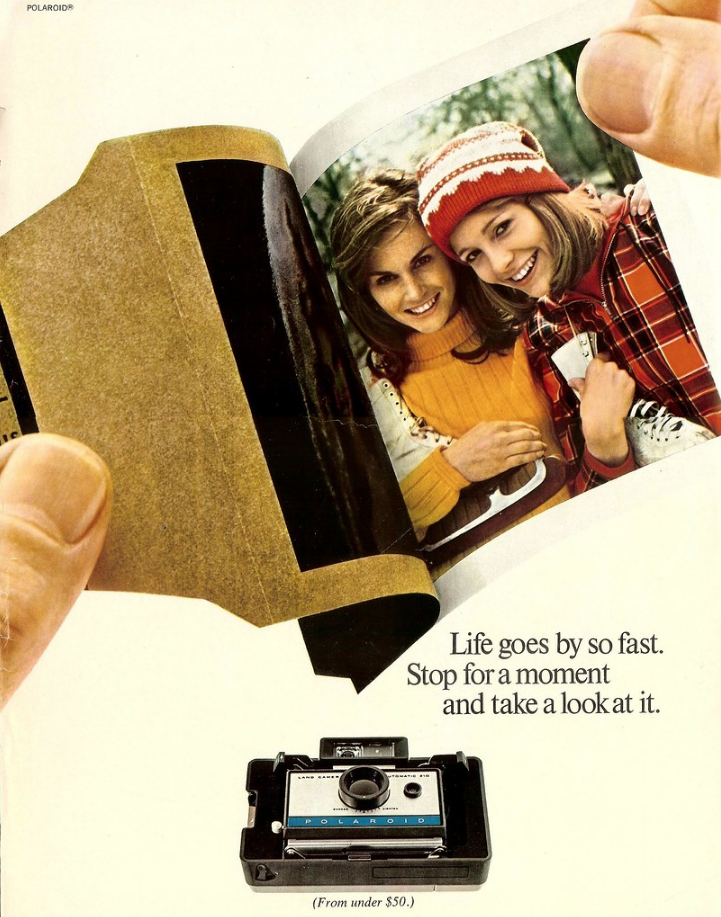








She does make current advertising look client-driven, therefore dull, insipid and uninspired.
Hey Len,
Nice to hear from you.
Yes, her work is very direct, bold and to the point.
I didn’t realise quite how big a role she played in the DDB’s story,
she’s often credited with that honest, smart way of talking.
Dx
That speech : A speech given by Phyllis Robinson on being elected as the eighth member of the Copywriters Hall of Fame by the Advertising Writers Association of New York. (1968.) Absolutely fantastic and 100% relevant to today?
Oh, Dave, this is wonderful. And important. Like you, I had no idea. Thanks a bunch for finding and posting.
Thank you Dave for posting this. This is chock full of wonderful stories on how impactful Phyllis was to DDB and to the industry. i will pass this along to my current advertising students. Looking forward to any future pieces you share.
What a terrific article, Dave. I’ve spent an hour on it so far, and plan to return to it when I’ve dashed off this note of thanks.
What a fascinating article and to learn more about the beginnings of DDB. Thank you.
Dave this is fantastic. I knew she was DDB’s first writer but when you see all this stuff today about empowering women you realise she was there 70 years ago.
Thank you so much for the hard work it takes to do these posts (at least they look like they’re a lot of work). They’re amazing and shed some light on people that have been unjustly set aside or forgotten.
That is a gem to treasure. It shows Creative Departments weren’t always entirely ‘Boys’ Clubs’.
Thanks for (all) this inspiration!
Dave Reider, Bob Levenson, Judy Protas, Ron Rosenfeld, Mary Wells, Paula Green, Julian Koenig, Lore Parker… amazing!